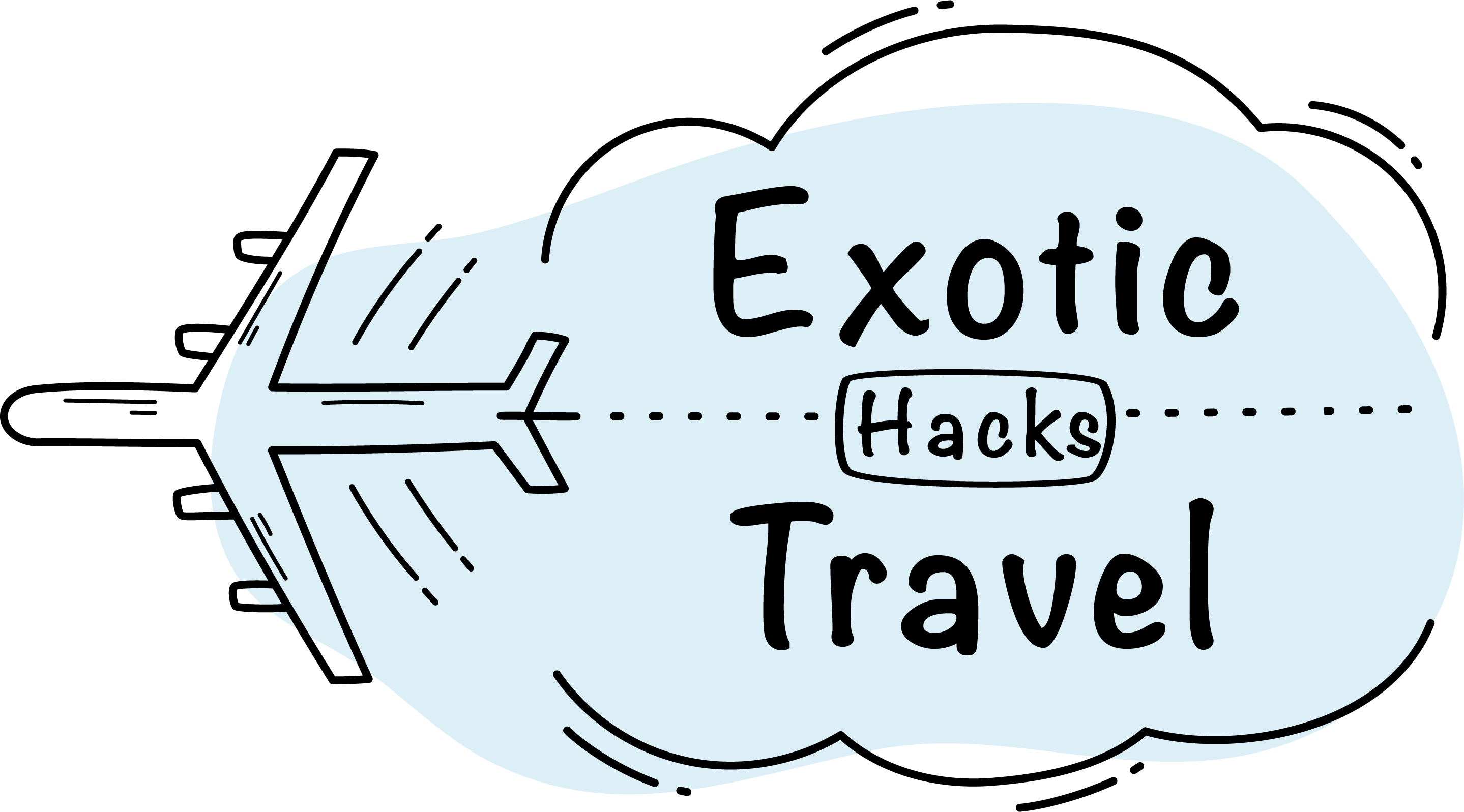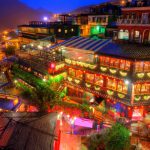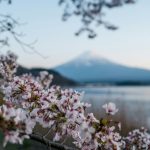Table of Contents
After visiting 40+ major tourist destinations and falling for countless tourist traps in my early travels, I’ve developed a bulletproof system for finding authentic experiences while avoiding overpriced tourist gimmicks. Here’s your real guide to experiencing popular destinations and to avoid tourist traps for maximum safety.
The Airport Arrival Scam
Your vulnerability peaks the moment you exit customs. Those “official” taxi desks and “authorized” transport services? Usually charging 3-4 times the normal rate. In Bangkok, I once paid 2000 baht for a ride that should’ve cost 500. Now I always walk past the airport taxi touts to the official metered taxi stand or pre-arrange transport through my accommodation.
The “Special Price” Myth
When you hear “special price for you,” run. This phrase almost always means you’re paying a premium. Real local prices are fixed and displayed clearly. In Marrakech’s medina, shops offering “special tourist prices” often charge 5-10 times what locals pay. Find stores where prices are labeled and non-negotiable for a more authentic (and fair) shopping experience.
The Restaurant Red Flags
Tourist trap restaurants share common traits: multi-language menus with photos, staff actively recruiting passersby, and prime locations near major attractions. The best local spots often have no English menu, no photos, and might seem unwelcoming at first. In Rome, any restaurant with a menu translator outside is practically announcing its tourist trap status.
The Tour Group Timing Trick
Tour groups follow predictable patterns. Major attractions peak between 10 AM and 4 PM. Visit popular sites either first thing in the morning (ideally when they open) or in the late afternoon. I had Angkor Wat practically to myself at 5 AM while tour buses were still loading up at hotels.
The Local Transport Truth
Tourist buses and special “tourist trains” almost always overcharge. Use regular public transportation – it’s not just cheaper but offers genuine local interaction. In Tokyo, while tourists crowd expensive airport shuttles, locals use the efficient train system for a fraction of the cost.
The Souvenir Strategy
Authentic local goods rarely come from shops with “SOUVENIRS” signs. Real artisans usually work from small workshops in residential areas. In Bali, while tourists crowd souvenir markets, the best woodcarvers work from home studios in villages just a few streets away.
The Guide Selection Secret
Skip the uniformed tour guides at major attractions. Look for certified independent guides or local university students offering specialized tours. In Egypt, I found an archaeology student who gave incredible pyramid tours for half the price of official guides, with twice the knowledge.
The Accommodation Location Hack
Staying in the “tourist district” guarantees inflated prices and inauthentic experiences. Book accommodation in residential areas within walking distance of attractions. In Barcelona, staying two metro stops from La Rambla saved money and provided authentic neighborhood experiences.
The Food Price Index
Create a basic price index by checking local staple costs. In Thailand, a plate of pad thai shouldn’t cost more than what locals pay – usually around 50-60 baht. If you’re paying 200 baht, you’re in a tourist trap. Ask local hotel staff or students what things should cost.
The Activity Authentication
Real local experiences rarely have fancy brochures or aggressive marketing. In Bali, the most authentic cooking classes are often informal arrangements through local families, not the heavily advertised tourist versions. Ask residents where they’d take visiting friends.
The Seasonal Awareness
Tourist traps thrive during peak season. Visit during shoulder season when possible – you’ll find more authentic experiences and better prices. Venice in February might be chilly, but you’ll see the real city instead of a tourist performance.
The Local Connection
Make friends with one local person – they’ll help you avoid countless tourist traps. Hotel staff, cafe owners, and local students are great connections. In Istanbul, a local barista’s recommendations helped me discover authentic experiences I’d never have found otherwise.
The Digital Deception
Social media and travel apps can lead you straight into tourist traps. Those “hidden gems” with thousands of Instagram tags? Already ruined by overtourism. Instead, use local review apps. In Japan, skip TripAdvisor and use Tabelog – where real Japanese people review restaurants. In Korea, MangoPlate reveals where locals eat. Even Google Maps can mislead – places marked as “popular with tourists” are often best avoided.
Cultural Show Authenticity
Those heavily advertised cultural performances? Usually watered-down tourist versions. Real cultural experiences happen in community centers and local festivals. In Thailand, skip the tourist-oriented “traditional dance shows” and ask locals about temple festivals where authentic performances happen naturally. In Bali, genuine ceremonies happen daily in local villages – you just need to ask respectfully if you can observe.
The Language Barrier Benefit (Expanded)
Tourist traps almost always have English-speaking staff. Sometimes, the lack of English indicates authenticity. In Tokyo’s best local restaurants, ordering might require pointing and gesturing – embrace this. Download a reliable translation app and learn basic food terms in the local language. This opens up a whole world of authentic establishments that tourist trap visitors never experience.
The Time-of-Day Strategy (Expanded)
Tourist traps operate on tourist schedules. Real local experiences often happen early in the morning or late at night. In Hanoi, while tourists sleep in, locals enjoy the best pho at 6 AM. In Madrid, authentic tapas bars come alive at 10 PM, when most tourists are already back at their hotels. Adjust your schedule to local rhythms, not tourist timetables.
The Price Research Method (Expanded)
Before visiting any destination, research typical local prices for common items:
- A cup of coffee
- Basic local meal
- Short taxi ride
- Public transport ticket
- Bottle of water
If you’re paying more than 20% above these prices, you’re probably in a tourist trap. Keep a note in your phone with current local prices – it’s your best defense against overcharging.
The Photography Trap (New)
Be wary of any place where photography seems to be the main activity. Real local spots rarely have Instagram corners or designated photo spots. In Kyoto, while tourists queue for photos at famous temples, locals pray at smaller, lesser-known shrines. The best photos often come from genuine moments, not staged tourist setups.
The Local Market Strategy (New)
Tourist markets and real local markets are vastly different. Tourist markets sell the same generic souvenirs you’ll find everywhere. Local markets serve community needs. In Bangkok, skip the floating markets marketed to tourists and find morning fresh markets where locals shop. These markets often have better prices, more authentic goods, and real local interaction.
The Escape Route
When you realize you’re in a tourist trap, don’t feel obligated to stay. Many travelers waste time and money out of politeness or sunk cost fallacy. It’s okay to walk out of a restaurant if you spot tourist trap signs after sitting down. It’s better to lose a few minutes than waste an entire meal or experience on something inauthentic.
Making It Work: Avoid Tourist Traps
Avoiding tourist traps doesn’t mean avoiding popular destinations – it means experiencing them intelligently. Research typical scams before you arrive, trust your instincts, and remember: if something feels too touristy, there’s probably a better alternative nearby. Ready to experience the real destination behind the tourist facade?

I’m Garrett, a seasoned photojournalist with a passion for uncovering the world’s hidden treasures. My journey is fueled by a deep curiosity for diverse cultures and breathtaking landscapes. When I’m not behind the lens capturing the world’s wonders, you can find me exploring underwater realms or sharing my passion for discovery with my two adventurous children.




